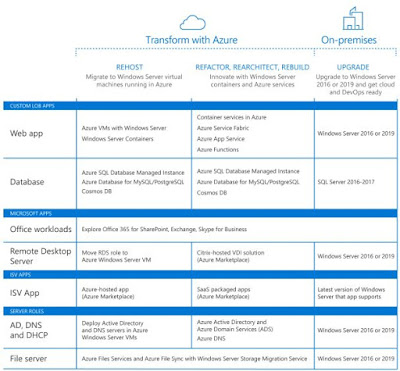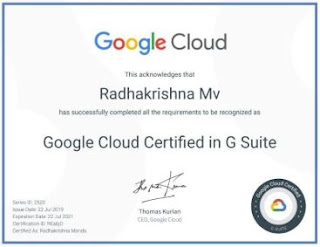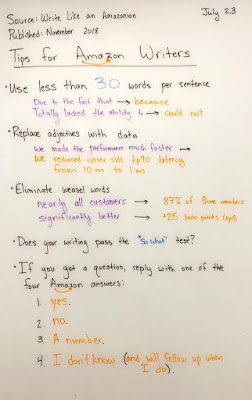This Week I Learned - Week #35 2019

This Week I Learned - * With broad browser support of ES6 (~over 96%), now is probably a good time to move away from jQuery. * AWS has Python support in Lambda Functions for a while now. Python support for Azure Functions is now generally available and ready to host your production workloads across data science and machine learning, automated resource management, and more. You can now develop Python 3.6 apps to run on the cross-platform, open-source Functions 2.0 runtime. These can be published as code or Docker containers to a Linux-based serverless hosting platform in Azure. * Python functions can target Linux-based hosting options in Azure including both Consumption and Premium hosting plans. * The Azure Functions extension for Visual Studio Code simplifies the process of using Functions by automatically handling many configuration concerns. * Azure Functions Core Tools will allow developers to code with the editor of their choice, and naturally Microsoft would reall




